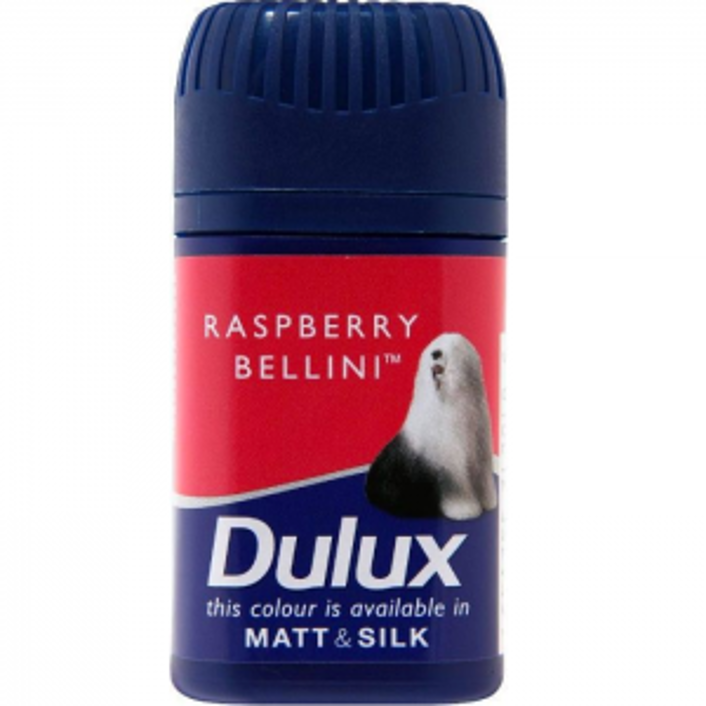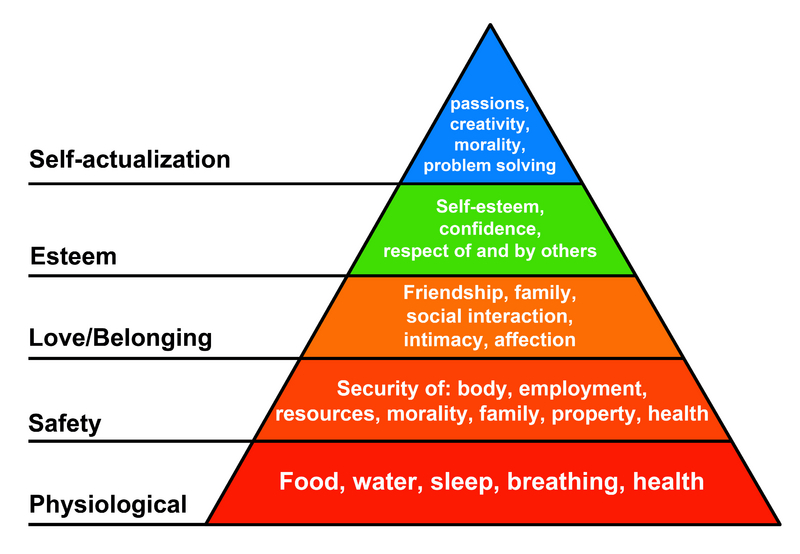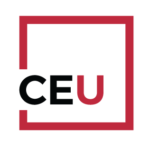Insights are the pot of gold that many businesses dream of but rarely find. Why is that? Are you one of them? If so then I have some practical ideas on how you can get much, much better at insight development.
#1. Insights rarely come from a single market research study
Management often thinks that insight is “just another word for market research”. I remember one of my previous CEOs saying exactly that to me just before he addressed the whole market research and insight global team at our annual conference. I’m sure you can imagine what a panic I was in as he walked up to the mike!
Core Strength Training and Three of Its Benefits for Your Back – Canadian Chiropractic Association (CCA) – Association chiropratique canadienne single dumbbell chest press free download pdf owner’s manual for image imtl99000 home gym.
Insights are demanding to develop and are rarely, if ever, developed from a single piece of market research. Each market research project is designed to gather information in order to answer one or more questions. Whilst it may enable a business to make a more informed decision based upon the objectives, insight development is quite a different process.
Insight development involves integrating, analysing and synthesising all the data and information you have about a category or segment user. Then summarising it into knowledge and turning that knowledge into understanding. Only then are you ready to develop an insight.
All brands should have (at least) one insight on which its image, personality and Big Idea (for communications) are built. For example
- AXE (Lynx in UK): (young) men want to attract as many beautiful and sexy women as possible. This is one of their newer ads, where the seduction is a little less in your face and more subtle – but still there.
- Haribo Starmix: There’s a child inside every adult. This “Kid’s Voices” campaign has been running for years and manages to surprise and delight with each new episode. Which is your favourite? Please add a comment below.
- Dulux sample paint pots: I love to decorate my home, but I don’t want to look stupid by choosing the wrong colour. Although these are now a standard offer for many paint brands, Dulux were the first to understand the problem facing potential home decorators.

Insight development will provide the basis on which you will define the actions that are needed to change the attitudes and / or behaviour of your target audience. It also provides a solid framework on which to build your Big Idea for your communications’ strategy.
So there you have them, the five ideas and numerous examples that will help you to develop better insights more easily.
Although you probably already have your own process for creating them, I know from experience how hard it can be to find insights from all the information you gather.
I hope this short article has assisted you in your search for those “golden nuggets”. Do share your own ideas for making insight development easier, I would love to hear from you.













